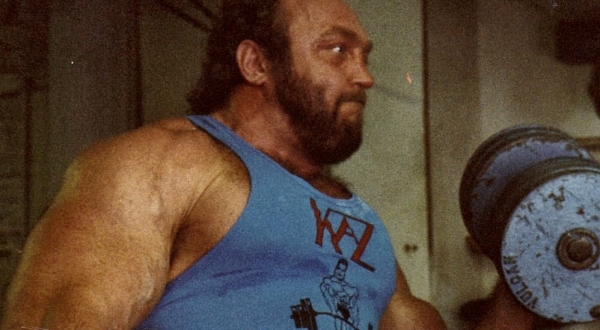
Apple Patent Indicates A Weighty Wearable Future
Apple’s patents show they are thinking about weightlifting
In June 2014, Cupertino registered a patent for a “body-bar sensing system.” The patent described a special clip you attach to a barbell or dumbbell that communicates wirelessly with your wristwatch to automatically count your reps (the number of times you repeat a lifting motion).
Fast-forward three months, and Apple Watch was announced, with Apple placing fitness front and center as a key benefit. Weightlifting, however, was conspicuously absent.
This is odd and un-Apple-like. Where the company usually explores integrative ways to keep all sensors onboard a single device, toying about with wearable extensions — particularly ones whose functions are redundant — seems a little bit like trolling the third-party ecosystem that Apple Watch so desperately needs to succeed. Of course, maybe that’s why 2014 patent hasn’t materialized into anything yet (and probably never will).
Think about it: Apple Watch has an accelerometer and gyroscope already built in. This tandem alone could easily track any barbell- or dumbbell- or upper-body-related exercise motion without the added dongle described above. While I admit that such a thing might be needed around the ankle or tied to the shoe to track leg-machine reps, any workout requiring your grip should be easily managed by everything already on-board the wearable. Plus, you should be doing squats instead of leg presses, anyways (which Apple Watch could — but doesn’t — already track).
As for why Apple didn’t include such basic and obvious capabilities in version one of its Apple Watch software, that’s easy to explain: They need features to highlight future OS iterations. Apple Watch’s initial experience gives users the bare minimum by design. That’s one of the more frustrating aspects of the wait for watchOS 2 — there’s so much more our $400+ smartwatches should be doing for us right now.
But like working out, losing weight, and sculpting a new body, you’ve got to be patient if you want results.
And you’ve got to start with the basics.